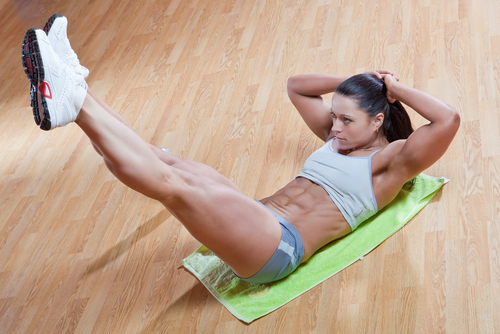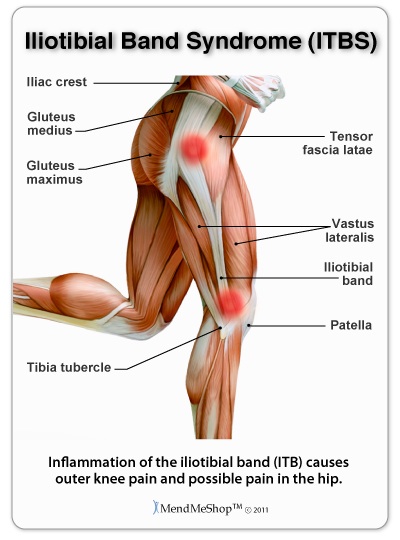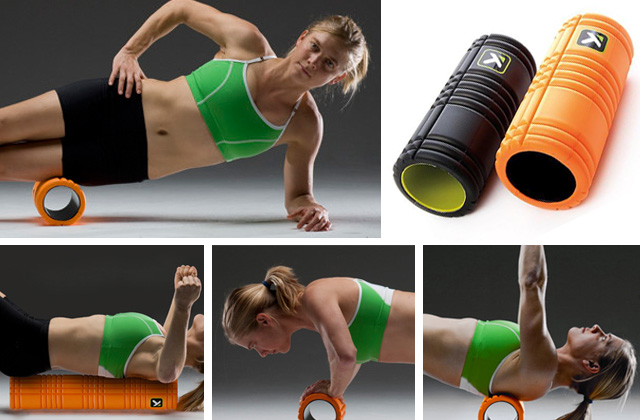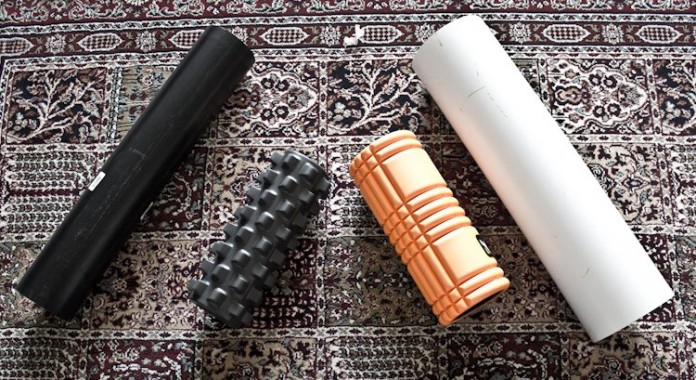Foam rolling, otherwise known as a self-myofascial release (SMR) technique, is used by many athletes and physiotherapists to help in the recovery of tight and exhausted muscles. Foam rollers come in various sizes and densities, which may be indicated by its color depending on the brands. These rollers are generally firm and cannot be compressed, and serve as useful tools for massage, myofascial release and exercises that correct postures, also commonly found in Pilates workout routines.
Importance of Core Stabilisation and Muscular Balance for runners
Weak or insufficient coordination in core musculature can lead to less efficient movements, compensatory movement patterns, strain, overuse, and injury. As middle and long distance running involves balanced and powerful movements of the body in propelling our bodies forward and maintaining complex motor patterns, it is essential to have a stable core and a strong foundation of muscular balance.
While there is a common misconception that core stabilisation is about building up muscles, the main goal of core stabilisation is to train ‘‘movements’’ and ‘‘positions’’. This explains why when training our core, we should be focusing on our posture and form, instead of the intensity of the workout. This can be achieved with the help of a foam roller.

Injury Prevention
Foam-rolling is meant to be performed in addition to our traditional stretching, proper warm-ups and cool downs; it is not meant to be a replacement for these. Foam-rolling helps prevent injuries through soft tissue mobilisation, which reduce tightness and soreness of muscles by increasing blood flow and flexibility. As such, the risks associated with muscle strain or cramps due to insufficient stretching are reduced.
Most running injuries are known to occur at the iliotibial band (or IT band), the band that covers the exterior area of the leg from the hip to just below the knee. A common condition experienced by athletes, the Iliotibial band syndrome (ITBS) is a knee injury that results from the inflammation of the IT band due to excessive rubbing against the tibial tubercle (see below). Athletes with ITBS suffer not only pain in the knees while running, but also soreness in the hip area as well.

With the regular stretching using foam rollers, “knots” and “trigger points” (i.e. sensitive spots in muscle) can be targeted and broken up. This is done by applying pressure on target spots of your muscles with your body weight, and relieve the tension felt in the area. The improved blood flow to those problem areas will reduce the pain and soreness of the muscles.
How to get rolling?
There are many different ways a foam roller can be placed and positioned to suit the needs of your body and the most important thing to note is to never treat the foam rolling process as a pain tolerance test where you exert so much pressure on the targeted area to the extent that it aggravates the tension of the muscle area which you are trying to relief. There are also different types of foam rollers, offering you different levels of intensities depending on the depth of the ridges.

The following are some key considerations, adapted from Therapeutic Associates Inc. (TAI), a physical therapy centre based in the USA:
- Do not roll over bony areas (like your knee) or areas where you have an open wound or injury (unless instructed by a medical professional).
- Always roll in line with the muscles and at a slow and steady pace.
- When you roll over a tight, painful area (muscle knot), slow down the speed and stay on top of this area for about 20-30 seconds or until you feel the area release.
- If it is too painful to stay on top of this area, decrease the force by unweighting the area. When you are finished rolling, make sure that you drink plenty of water, just like you would after a massage.
For detailed instructions on the different foam rolling techniques, the TAI has made an instructional document for all online users here.
As foam rollers have become increasingly popular among the fitness community, there are also many online tutorials and classes available on how to use the foam roller. In addition to more discoveries and surprising results of using foam rollers in injury prevention, these unassuming rolling tubes have proven their worth in revolutionizing the health and fitness world.



